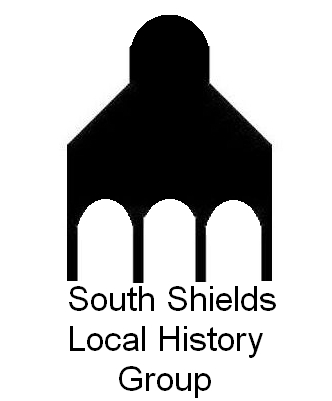Shortly after the beginning the last war, diesel and petrol were rationed and became in increasingly short supply. This severely restricted the availability of the motor buses but these were required for the estates and other places where there were no trolley wires.
In 1940 two single deck motor buses were converted to run on ‘town gas’ which was made from coal of which we had no shortage. It was in fact produced at Monkton coke works as a by-product of coke production.
A sturdy wooden frame was attached to the roof of the buses and housed a large bag which ran the length of the bus. This would be filled with gas before the bus left the depot and there was another supply in the Market that the conductor was able to connect up to.
It is not known when these buses reverted back to diesel (or petrol) but obviously there was no long term advantage to this form of fuel for a bus. The most likely reason being the potential danger of gas leaks and explosion especially given the number of people who smoked in those days.
1 – A Gazette photo of a gas bus at the Dean Road Depot showing its fully charged gas bag.

2 – A gas bus parked on the east side of the Market outside the Locomotive pub and Thrift Street. The gas bag is no longer fully charged.

3 – Number 106 with its gas bag fully recharged bound for Highfield Road. Trolley wires had not been installed along there until after the war.

4 – Number 107 at Dean Road showing the size of the frame that held the gas bag. Note the blackout precautions covering both the main and side lights.

Written by Les Snaith
